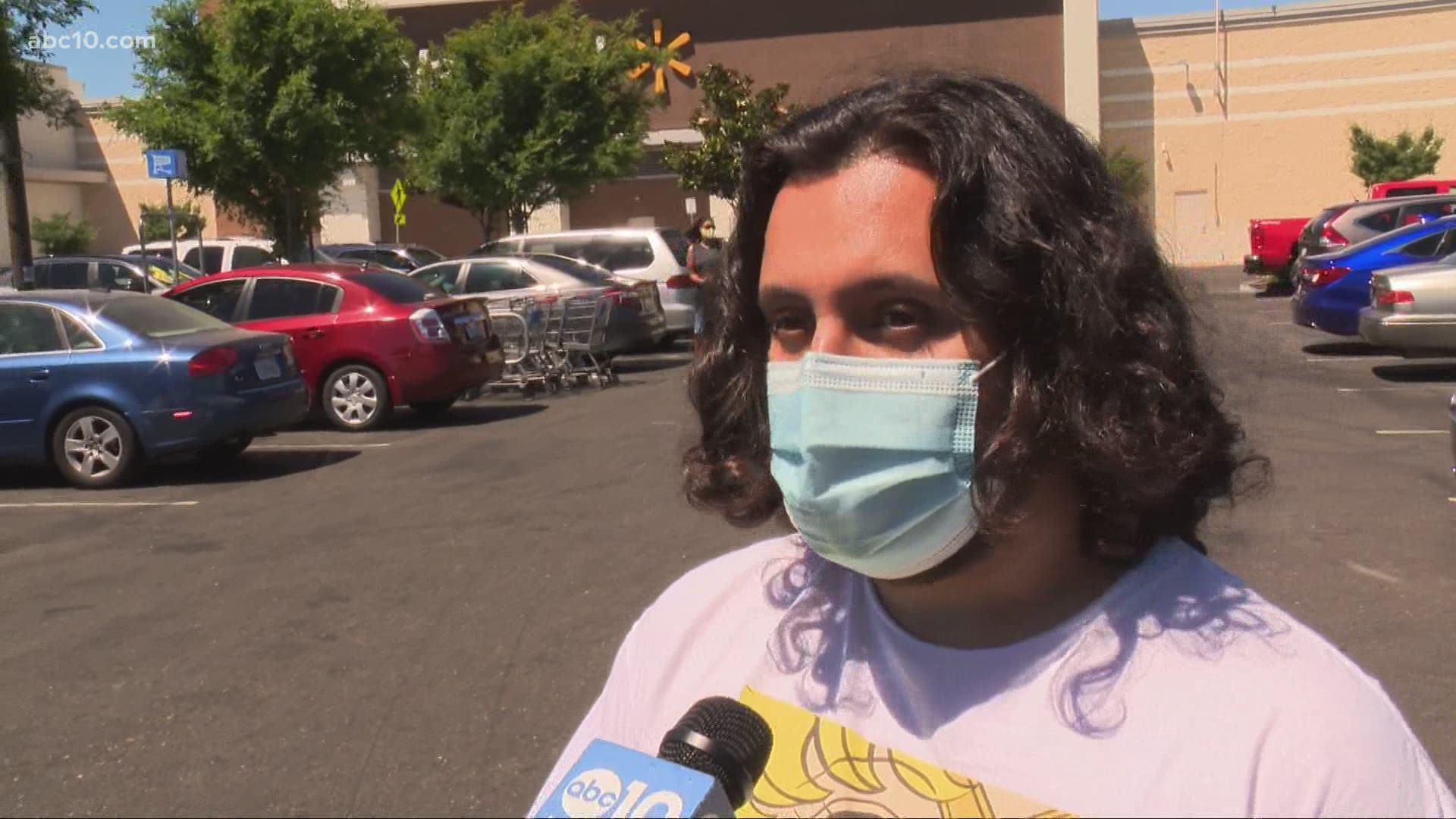CALIFORNIA, USA — It’s here. The long-awaited reopening of California happened Tuesday, June 15, and with it went nearly all the pandemic-related restrictions imposed since March 2020.
Back in May, California Health and Human Services Secretary Dr. Mark Ghaly said dramatically lower virus cases and increasing vaccinations mean it's safe for the state to remove nearly all restrictions. Vaccinated Californians no longer need to physically distance themselves and can ditch their masks in most indoor settings.
But what are some other changes Californians can expect to see now? Here are some of the most notable changes:
This article will be updated as new information becomes available.
Say “goodbye” to the tiers
That colored-tier system Californians have grown used to over the last year is going away, at least in its official capacity, on June 15.
California overall has seen a declining trend in new COVID-19 cases. That’s evident by the fact that 24 counties were in the yellow tier – the state’s least-restrictive tier – when the final tier update was announced.
The yellow tier indicates that there have been less than two cases of coronavirus per 100,000 people over a 7-day average.
Additionally, those 24 counties account for roughly 63% of the entire population of California.
The CDPH, however, is still providing a color-coded map of counties' COVID-19 risk levels for "informational purposes."
Vaccinated Californians can go maskless… for the most part
Beginning June 15, vaccinated Californians can go almost anywhere indoors or outdoors without being required to wear a mask. In fact, much of the onus will shift to individuals and business owners.
Masks will still be required in some circumstances, like public transit (planes, trains, buses, etc.), indoors in schools and other “youth settings," in healthcare facilities, in state and local correctional facilities, and in homeless shelters, emergency shelters, and cooling centers.
The orders also make it clear that masks must still be worn by unvaccinated individuals in virtually all indoor settings.
On June 17, regulators with the California Occupational Safety and Health Standards Board (CalOSHA), approved revised worksite pandemic rules that allow fully vaccinated employees the same freedoms as when they are off the job.
The revised regulations adopted Thursday come after weeks of confusion. They conform with general state guidelines by ending most mask rules for people who are vaccinated against the coronavirus. The board approved the revision by a vote of 5-1.
Business owners and venue operators will have the option to set their own masking requirements for patrons. They can also allow patrons to self-attest that they have been vaccinated or even require proof from patrons that they have been vaccinated.
No person can be told not to wear a mask in order to participate in an event or enter a business.
Some exemptions are given in Newsom’s executive orders. Some of those exemptions include children under 2 years old; people with medical conditions, mental health conditions, or a physical disability that prevents mask-wearing; people who are hearing impaired or those who need to speak with the hearing impaired; and people for whom wearing a mask would create a risk related to their work.
California’s reopened, but what about travel?
As with most new guidance, if you are fully vaccinated then you are free to travel wherever you’d like in the United States.
California has adopted the Centers for Disease Control and Prevention’s (CDC) standard when it comes to travel. According to the CDC, “People who are fully vaccinated with an FDA-authorized vaccine or a vaccine authorized for emergency use by the World Health Organization can travel safely within the United States. CDC will update these recommendations as more people are vaccinated, as rates of COVID-19 change, and as additional scientific evidence becomes available.”
The CDC’s standard only applies to travel within the United States and U.S. territories. Unvaccinated individuals are discouraged from traveling, however, the CDC does have a list of recommendations for unvaccinated people to consider if they do so.
Whether you're vaccinated or unvaccinated, you will still be required to wear a mask in the airport and on the plane, or on a bus, or on a train, etc.
Show proof of vaccination? Well, that depends...
In addition to some individual businesses asking for proof of vaccination to enter, the state is also imposing a proof restriction on so-called “mega events.”
According to the most recent state guidance, “mega events include conventions, shows, nightclubs, concerts, sporting events, theme parks, fairs, festivals, large races, and parades when attended by more than 5,000 participants or spectators indoors, or more than 10,000 participants or spectators outdoors.”
State guidance dictates that those events will only be open to those who can prove that they’ve either been vaccinated or that they tested negative for the coronavirus in the last 72 hours. However, the guidance does give venues the option of allowing for self-attestation.



















